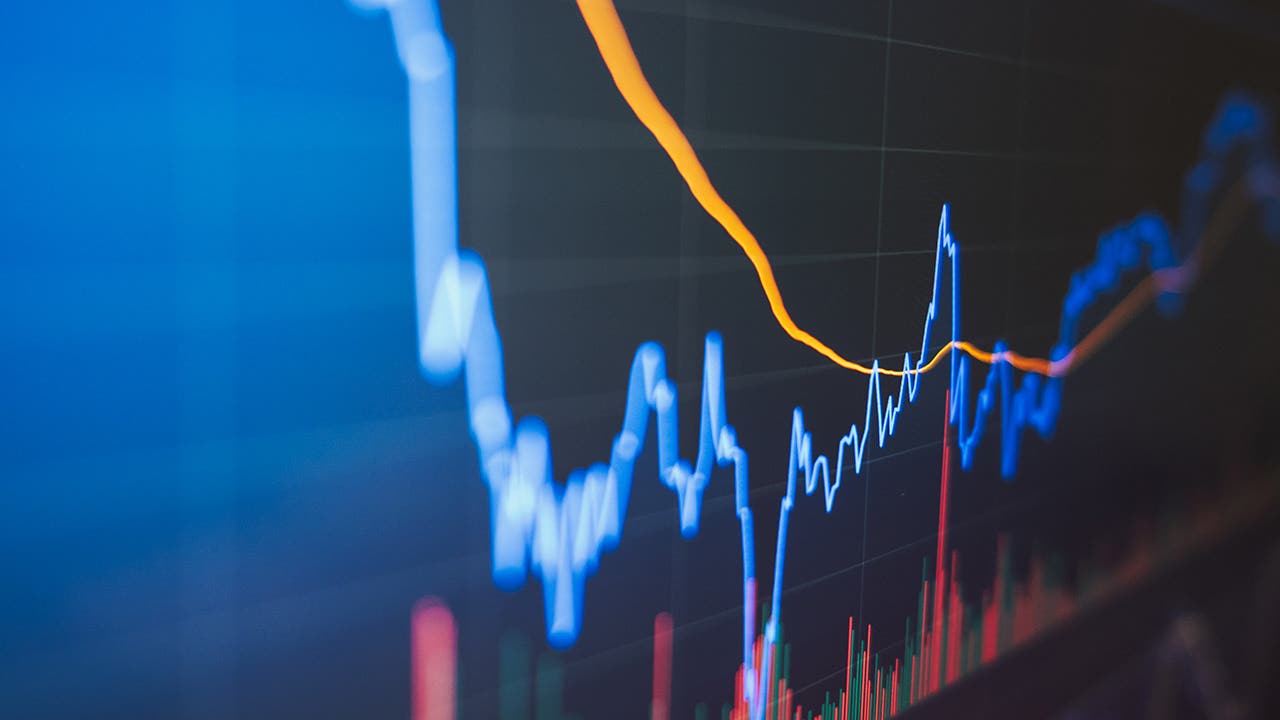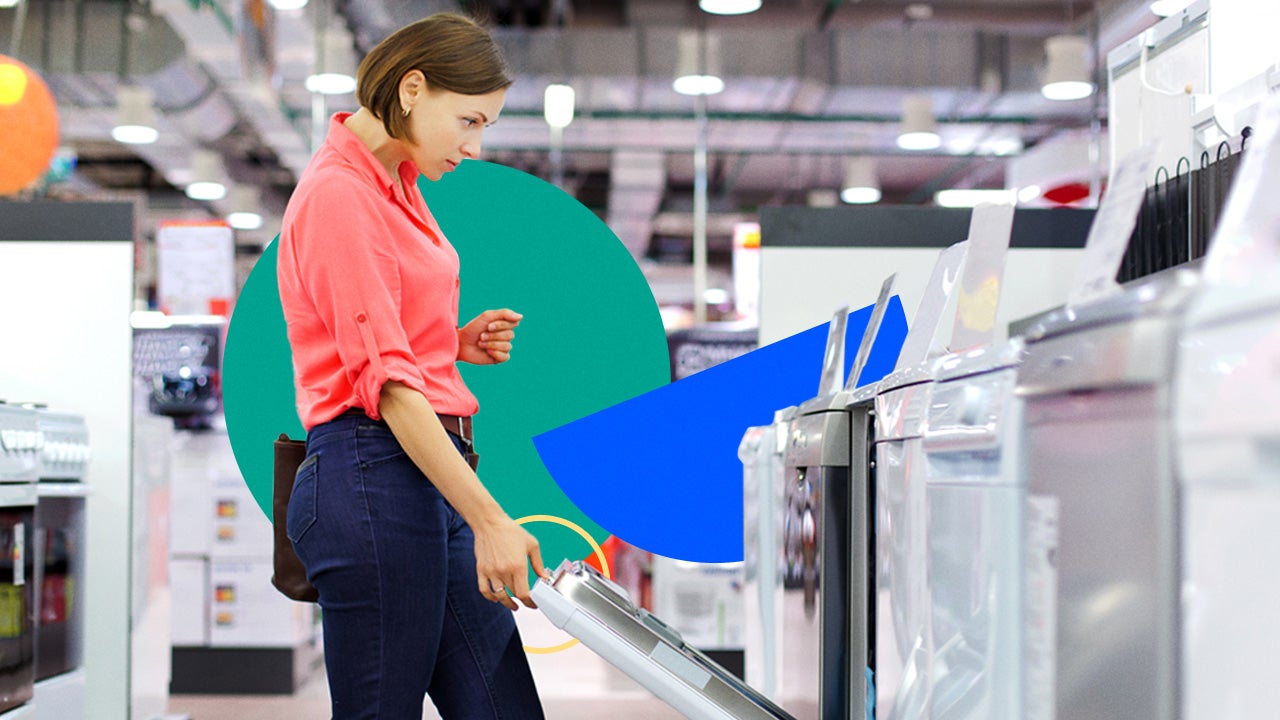How your credit cards can help during a recession

Key takeaways
- With many signs pointing to a recession occurring in the near future, now is the time to take steps to shore up your financial position.
- Using credit cards strategically can help you offset expenses through cash back rewards, as well as save you money through access to card-specific perks.
- Credit cards can provide a degree of financial flexibility in case your income is disrupted in a recession, but it’s important to use them wisely and limit the balances you carry to avoid unnecessary interest charges.
Whether or not a recession is truly looming, many consumers are still feeling the pinch of higher prices and last year’s record-high inflation rates. Given these and other financial pressures, it’s no surprise that 72 percent of Americans in a 2023 Bankrate survey say they feel financially insecure — or that 26 percent of these respondents expect that they’ll never actually feel secure.
Still, with a 65 percent chance of a recession happening in the next 12 to 18 months, according to a survey of economists, it’s smart to start taking action now. That might mean cutting back on your spending, boosting your emergency fund or reassessing your retirement savings. But it might also include identifying ways to incorporate credit cards into your recession survival strategy.
Used wisely, credit cards can offer easy access to a line of credit when you need it most, offset your expenses through cash back rewards and provide a variety of other money-saving perks. Here, we offer some expert advice about how to best use credit cards during a recession.
Reduce credit card debt
At the end of 2022, roughly 70 percent of respondents surveyed carried some form of personal debt — and 72 percent of those with credit card debt in particular reported adding to their balances in the past year. Forty-eight percent of those whose credit card debt increased cited rising costs in an inflationary environment as the primary cause, while 34 percent say rising interest rates led their debt to grow.
To help shield your finances from the impact of a recession, it’s best to pay down as much of your credit card debt as you can, beginning now. If you aren’t sure how to get started, our credit card payoff calculator can help you come up with a plan.
“Debt can rob you of your future because you are using the money you earn today to pay off things from the past,” says personal finance professional Andrew Lokenauth, adjunct professor at the University of San Francisco’s School of Management. “If unpaid, debt can grow larger and larger with the interest and fees adding up.”
Avoid carrying a balance if possible
Reducing your credit card debt minimizes the balances you carry — which, in turn, will minimize the amount of interest you’ll pay. With average credit card interest rates currently sitting just over 20 percent, these charges can add up quickly.
Ideally, you should clear your balances before credit card issuers tack on any interest at all. Ted Rossman, senior industry analyst at Bankrate, recommends paying off credit card charges every two weeks, if possible.
Carrying credit card balances from month to month adds to the cost of repayment over time. Every dollar spent on interest is a dollar that won’t help you grow your savings.— Bruce McClary
Lean on a card with 0% APR
If you have to carry a balance, a good 0 percent APR credit card can help you to temporarily avoid interest charges on purchases or balance transfers during a certain window of time, such as 15 months.
One example of this type of card is the BankAmericard® credit card, which provides a 0 percent intro APR on purchases and balance transfers (made during the first 60 days) for 21 billing cycles. However, be aware that, after the intro APR period ends, you’ll be charged a 16.24 percent to 26.24 percent interest rate (variable) on any balances that remain.
Consider a balance transfer
If you aren’t familiar with the balance transfers mentioned above, you aren’t alone. According to Bankrate data, 37 percent of people with credit card debt aren’t familiar with this valuable financial tool.
A balance transfer credit card allows you to move your credit card debt from your existing card to a new one, typically in exchange for a 0 percent APR intro rate for a set period of time (often between 12 and 21 months). If you can pay off your balance within this introductory period, you’ll save whatever interest charges your former card would have assessed. For more on this strategy, check out the best balance transfer cards available today.
Monitor your credit card use
Understandably, a recession isn’t the best time to rack up credit card charges for unnecessary expenses, like those cute shoes you’ve been eyeing or that big-screen TV you’ve been coveting. Instead, pay attention to your credit card usage, focusing on using your cards as tools that help you make it through a recession.
“Credit cards can provide a financial safety net in the event you don’t have an adequate emergency savings fund,” says consumer finance expert Andrea Woroch. “This way, you can pay necessary bills or unexpected expenses, without worrying how you’re going to come up with the cash.”
While monitoring your usage is important, it’s also a good idea to automate credit card payments so you don’t miss a due date and risk getting slapped with late fees or a penalty APR, Woroch advises. After all, juggling your finances during a recession is nerve-racking enough. You don’t need to add to your stress by missing payments.
Create a budget
If you don’t already have one, Lokenauth suggests setting up a household budget to better manage your credit cards and overall finances. That said, he’s agnostic when it comes to budget program recommendations, emphasizing that all sorts of software, websites and budgeting apps (including Bankrate’s Home Budget Calculator) can help.
“Not having a budget can make it difficult to know where you are spending your money or difficult to have control over your spending in general,” says Lokenauth. “Creating a budget will help you visualize where you can cut back spending and where you can save money.”
Use rewards to counter inflation and rising interest rates
Earning rewards is one of the most valuable aspects of using credit cards. While it doesn’t make sense to carry a balance at a high APR in order to earn cash back or travel rewards, taking advantage of these benefits can help you offset the impact of a recession if you pay your bills on time and only charge what you must.
You may also have benefits accruing that you aren’t aware of. Roughly 23 percent of cardholders have unused benefits, so be sure to check your credit cards accounts to see your current earnings.
Maximize cash back
To maximize the value of credit card rewards for countering inflation, start by making sure you have one of the best cash back cards in your wallet — and that you understand the benefits of each card you have. To squeeze the most you can out of cash back rewards, you’ll need to determine which ones to pull out of your wallet for different circumstances.
For example, imagine you have three cards: a credit card with 2 percent cash rewards on purchases, one that earns 3 percent cash back on gas and grocery purchases and one that offers 5 percent cash back on travel. Here’s how you can maximize your earning potential in this scenario:
- Flat-rate cash back card. Use this as your everyday spending card, paying for as much as you can outside of your gas, grocery and travel purchases. As an example, the Wells Fargo Active Cash® Card offers an unlimited flat rate of 2 percent cash rewards on purchases.
- Gas and grocery card. Rather than putting your gas and grocery purchases onto your 2 percent cash back card, pull out a card that offers enhanced benefits on these common spending categories to fight recession-triggered inflation. The Blue Cash Preferred® Card from American Express, for example, provides 3 percent cash back at U.S. gas stations and 6 percent cash back on U.S. supermarket purchases.
- Travel card. Finally, if you’re going to be traveling, make sure you have access to a specialized card that earns maximum rewards for this type of spending. The Capital One SavorOne Cash Rewards Credit Card delivers 5 percent cash back for hotel and rental car bookings made through Capital One Travel, in addition to offering 3 percent cash back for spending on dining, entertainment and popular streaming subscriptions.
“One of the best ways to save on your everyday expenses is by having a credit card that gives you flexibility both in the way you earn and in the way you redeem rewards,” says Elly Szymanski, assistant vice president of credit card products at Navy Federal Credit Union. “If you’re in a financial place where you can handle multiple cards in your wallet, this could also help maximize the value you get in return, as different cards have ongoing rewards for different types of spending.”
Take advantage of credit card perks
While maximizing your rewards can be lucrative, the perks your credit cards give you access to can be just as valuable, if not more so, than the rewards they provide. For instance, your card might qualify you for purchase protections, extended warranties or roadside assistance. Or you may be able to score discounts on meals, car rentals, household services or clothing from special card issuer deals like Amex Offers or Visa Offers.
“Recessions mean belt tightening, but there are still some areas where spending is necessary,” says McClary. “Using a credit card that gives you access to special discounts on essential purchases can be helpful during a recession, especially if your paycheck has taken a hit.”
Ask for help when needed
If a recession has battered your finances to the point that you’re struggling with your finances, don’t be afraid to seek help. You may be able to negotiate a payment plan with your card issuer that lowers your monthly payments, for example. Or you might reach out to a nonprofit credit counseling agency to help you climb out of a financial hole.
The bottom line
A recession, particularly when it’s coupled with inflation, can produce a lot of anxiety. In a July 2022 survey from Allianz Life Insurance Co. of North America, 66 percent of Americans said they feared a recession was right around the corner and 82 percent said they were worried about rising inflation chipping away at their purchasing power.
Fortunately, you may be able to ease at least some of your recession or inflation fears by wisely incorporating credit cards into your day-to-day finances. During rocky financial times, credit cards can help smooth things out by enabling you to cover emergency expenses, reap rewards on everyday spending and capitalize on money-saving perks.
The information about the BankAmericard® credit card was updated on August 9, 2023.






